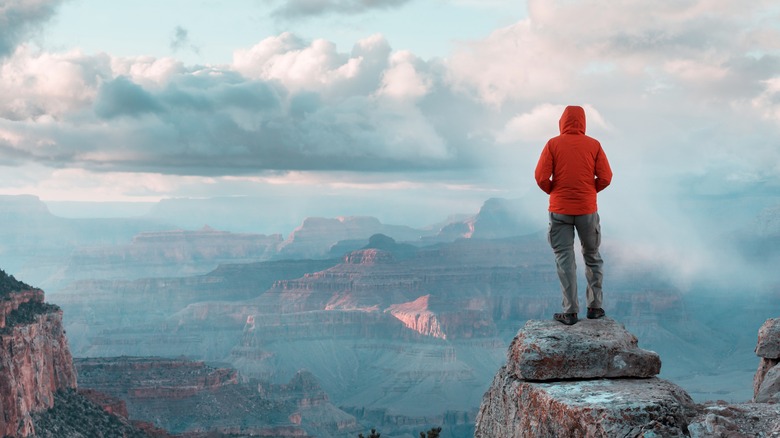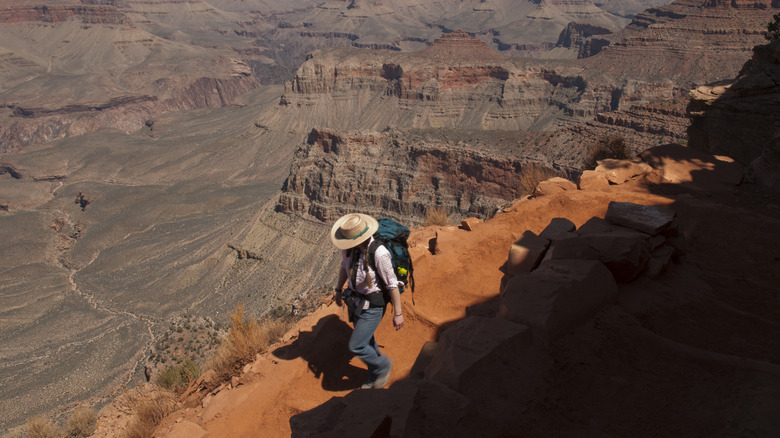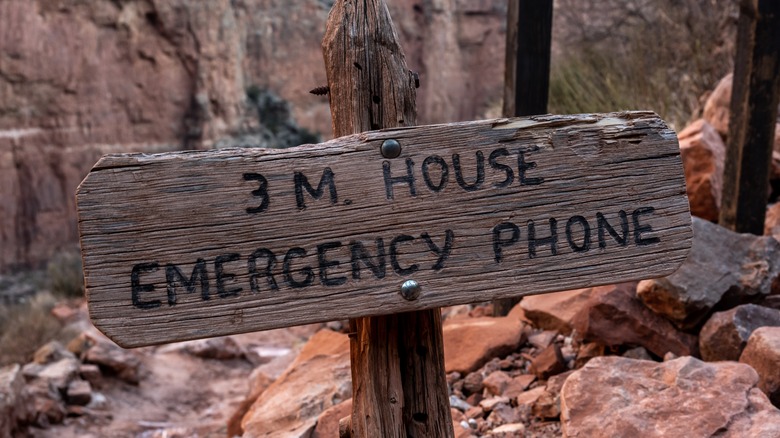If you haven’t been there, the Grand Canyon is a difficult thing to wrap your mind around. The canyon is located in the Arizona desert, which is dry by definition. Yet most of the South Rim is about 7,000 feet above sea level, which is higher than any mountain east of the Mississippi River. The average width of the canyon is 10 miles, an astonishing distance for a crack in the Earth. The popular Bright Angel Trail will take you to the bottom of the canyon, but you’ll have to hike about 10 miles to get there, and even the shorter trail, South Kaibab, is around 7 miles and descends 4,300 feet. Either way, the journey will take you most of a day.
Almost anyone will tell you that Arizona summers are brutal. In Maricopa County — where the capital of Phoenix is located — 645 people died of heat stroke in 2023 alone. Even at these higher elevations, the combination of arid landscape and direct solar exposure can be lethal to hikers.t best, the experience is grueling, as outdoorspeople trudge along dirt paths on the side of a cliff beneath a blazing sun.
At the same time, hiking the Grand Canyon is a popular bucket-list item. The scenery is spectacular, of course, and it’s hard to beat such a thrilling back-country adventure. So few people hike the Grand Canyon that they’re known as “one-percenters.” But if you’ve studied the climate and concluded that spring or fall are perfectly safe for Grand Canyon trekking, think again: the shoulder seasons are sometimes considered more dangerous since confident hikers take fewer precautions against heat and dehydration.
The timeless dangers of the Grand Canyon
How to prepare for a Grand Canyon hike
Hiking in the Grand Canyon is an extremely customizable experience: You can hike part or all, alone or in groups, going down just a little or crossing from “rim to rim.” You can negotiate the steep escarpments of South Kaibab, or you can take this gorgeous and comparatively easy trail for serenity and solitude. The key is to pack the right gear and come with as much knowledge as possible, even in the most hospitable seasons.
The easiest way to ensure your safety is to take a guided hiking tour. The National Park Service arranges day-hikes led by local rangers, who know the terrain and conditions better than anyone and can advise what to bring — and quickly call for help in the event of an emergency. The Grand Canyon Conservancy Field Institute also organizes hikes, which are often coupled with ecological, historical, or photographic instruction. These can be a great learning experience, and institute guides can also advise you on what to bring. Finally, there’s an endless directory of commercial and private tours, which may center on hiking but could include jeeps, rafts, and even helicopters as well.
Whatever group you join, the organizers want you to have a good time — and stay safe on the switchbacks. Seasoned hikers may attempt the Grand Canyon on their own or with a hiking partner or two. This is admirable, but do take some time to review the NPS’s excellent online safety guide. And when in doubt, turn back.




